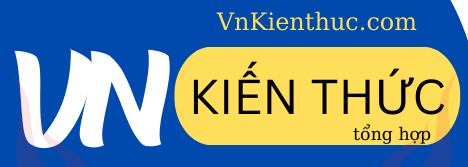Lecture or Interactive Teaching? Old Issue, New Study
[MP3]https://server1.vnkienthuc.com/files/3/Media/11.mp3[/MP3]
This is the VOA Special English Education Report.
Professors have [A]lectured[/A] for centuries. But how effective is lecturing to students compared to working with them?
A new study compared two classes of a [A]beginning physics course[/A] at the University of British Columbia in Canada. There were more than two hundred sixty [A]students[/A] in each section. Both were taught by popular and experienced [A]professors[/A].
The study took place for one week near the end of the year. One class [A]continued[/A] to be taught in the traditional lecture style. The other professor was [A]replaced[/A] by two teachers. They had little teaching experience but received training in [A]interactive[/A] teaching methods. The training was led by Carl Wieman, a Nobel Prize-winning physicist who leads a science [A]education[/A] program.
There was almost no lecturing. The teachers put the students in small groups to [A]discuss[/A] and answer questions. They gave them readings and [A]quizzes[/A] to finish before class so they would come prepared to discuss the material.
Professor Wieman says before the [A]experiment[/A] with these and other activities, test scores for both classes were the same.
CARL WIEMAN: "There was a great deal of careful data [A]collected[/A] showing how identical the two sections, these two large sections of the class were [A]beforehand[/A]. And this focused very much on looking at exactly what could be learned with the different methods from the [A]classroom experience[/A], the time when you have the maximum [A]instructor[/A] interaction, or face-to-face interaction time."
Afterward, both classes took the same test. Students in the interactive class scored nearly twice as high as those in the traditional class. Attendance also [A]increased[/A] that week.
Graduate student Ellen Schelew was one of the teachers. She says the methods they used are designed to [A]encourage[/A] students to think like scientists.
ELLEN SCHELEW: "Their brains are turned on. They're thinking hard and they're really working through these problems. So even if they don't have enough time to complete a given problem, they are prepared to learn from the instructor[A] feedback [/A]that always follows groups' tasks."
The study appeared in May in the journal Science. It seems to confirm earlier findings about lecturing to large classes. But some experts have [A]criticized[/A] the way the study was done.
Both of the [A]researchers[/A] who taught the class, Ms. Schelew and Louis Deslauriers, were also authors of the study. This could raise questions about whether their [A]involvement[/A] might have influenced the results.
Professor Wieman is currently on leave from the University of British Columbia and the University of Colorado. He is the [A]associate[/A] director for science in the White House Office of Science and Technology Policy.
He says research has shown better ways to teach based on [A]evidence[/A] about how the brain learns. And he hopes more professors will learn that how someone teaches may be more [A]important[/A] than who does the teaching.
